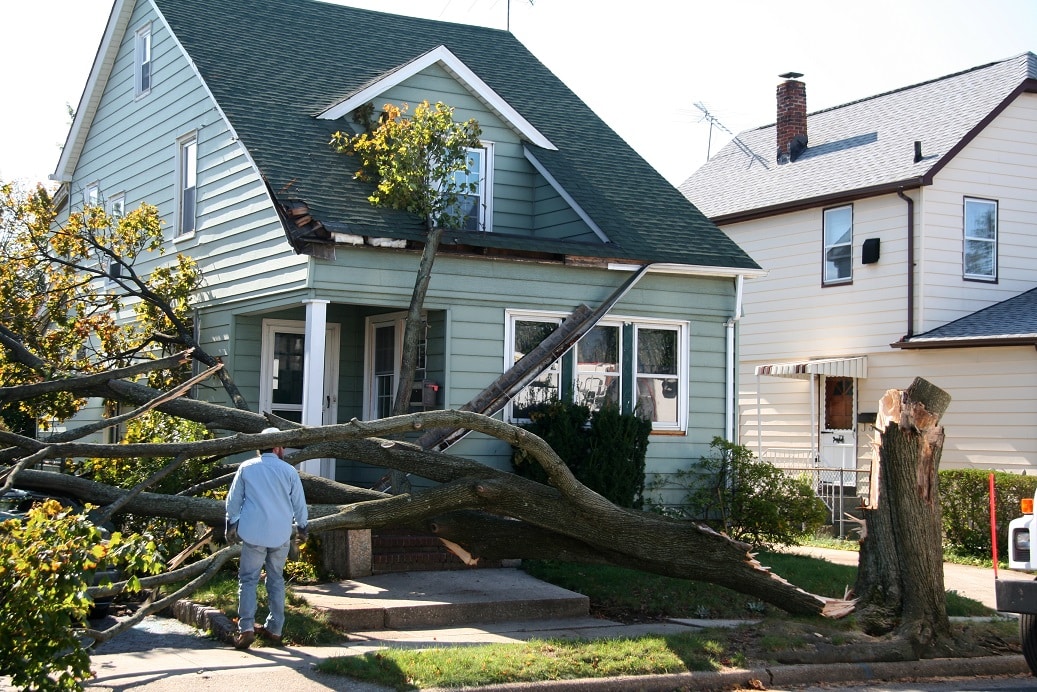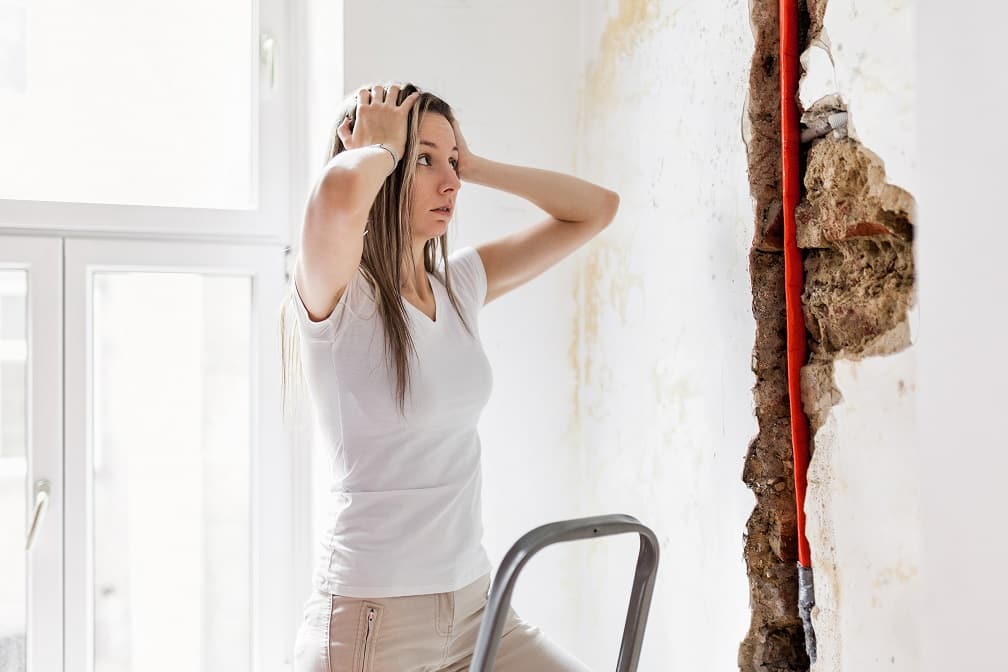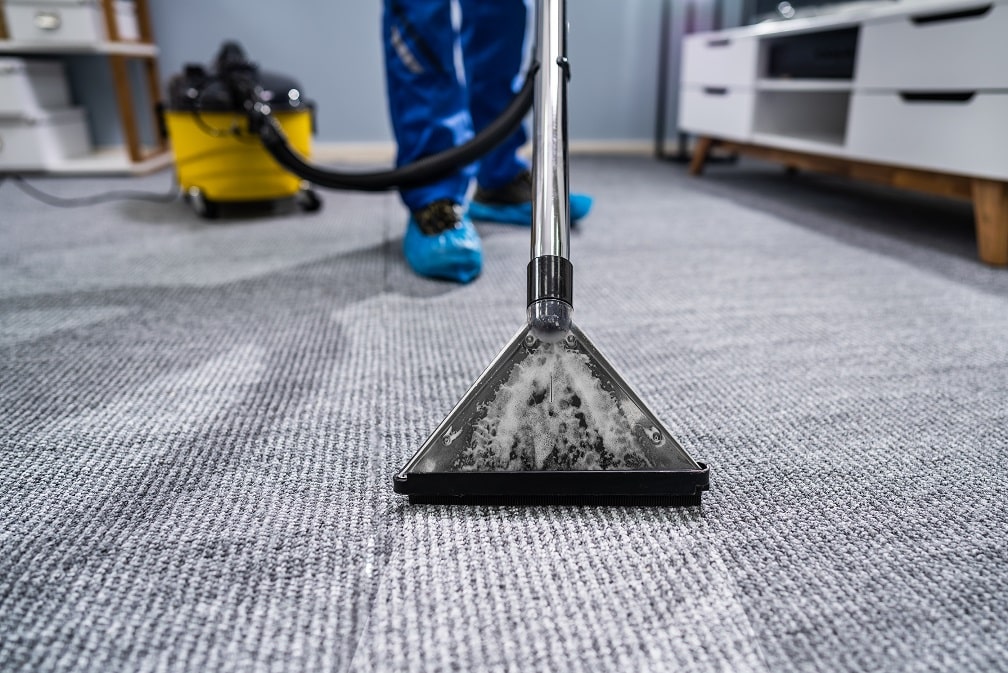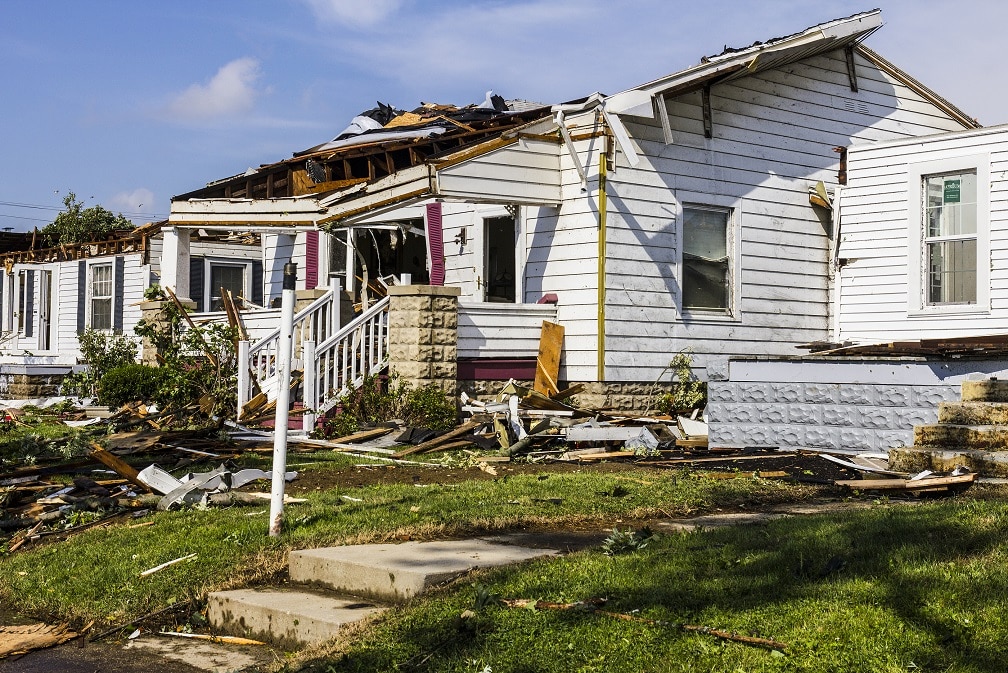Today, it’s possible to determine your personal storm risk level if you live in a susceptible zone to storms or other natural hazards. It is wise to be ready for the hurricane season as it minimizes damage. You can also compile a storm damage preparedness checklist of things to do before, during, and after a storm.
A storm can build-up for weeks, days, or hit suddenly, without any warning. Every year, Americans in the millions face storm disasters and their terrifying consequences. It’s never too early to start preparing yourself for a storm season. If you live in a hurricane-prone area, we recommend you complete the following preparations before that storm hits you.
General Preparedness
There are several things that you need to do in terms of ensuring general storm preparedness. Remember always to keep your vehicle gas tank at least ½ full. Test run your generators monthly to ensure that they are in proper working order. Stocking up food supplies is imperative.
Even if you are located outside the storm zone, consider buying flood insurance. Always have some cash on hand, preferably in small denominations. To keep yourself updated on the storm’s progress, have a battery powered portable AM radio.
Also:
- Acquire first aid and medical supplies to treat potential injuries
- Ensure you have the water, food, and essential materials needed in case you have to shelter for several days without outside help
- Monitor weather reports and your local news
- Always be ready to evacuate. Have an evacuation plan in place plus the needed materials.
When a storm is heading in your way, only two options are available. Shelter in or evacuate. Your decision should be guided by your local authorities’ recommendations. But when in doubt, it is best to get out.
Prepare Hurricane Kit
Your hurricane or storm kit should contain emergency supplies to get your family through the storm and its aftermath. This should include water, food, first aid, breathing protection, communication tools, and light.
Keep your vehicle stocked with such basic supplies as snacks, blankets, flares, flashlights, jumper cables, and remember to pack a ready “go bag.” The “go bag” must be kept where you can quickly grab it in case of an emergency and easy to carry.
Keep Photo Inventory of Belongings
If your home sustains extensive storm damage, an inventory can greatly help you submit claims for the lost items. Perform a home inventory covering contents such as appliances, electronics, jewelry, clothing, etc., and store it safely. Please take photos of such belongings in case they get damaged by wind or water from the storm. The photos become handy when filing a claim with your insurer or FEMA. FEMA has a standard framework they use to conduct damage assessments following a storm disaster.
Keep your personal documents safely. These include insurance policies, birth certificates, passports, home lease/deed, medical information/lists, and proof of address.
Turn Off Utilities and Electrical Devices
During a storm, turning off your electricity, preferably at the main breaker, helps prevent power surges through floodwater in your house. Learn more about storm safety tips for gas and electricity. If you opt to leave your utilities on, at least turn off as many devices as possible.
It essential that you avoid hazards caused by carbon monoxide poisoning. Don’t run grills, generators, or other appliances operated by gas indoors. Check your carbon monoxide and smoke detectors to make sure they are running properly.
Board Up Windows
Depending on your resources and situation, there are several ways of protecting your windows from a storm. Cover all windows appropriately. If you already have hurricane essentials such as storm shutters, remember to close them. Permanent storm shutters are your best option for windows protection.
Another option is boarding up with plywood cut to fit. When tightly boarded up, sheets of plywood prevent flying debris that can shatter them. You may want to consider installing laminated glass equipped with impact-resistant glazing because tape won’t prevent your windows from breaking.
Have Storm Insurance
Hurricanes and storms trigger heavy rains that come with the potential of extensive damage in the US. Therefore, every American is at risk and should consider getting flood insurance protection as it’s the only way of financially protecting your business, home, or property from flood damage.
Because most standard homeowner’s insurance policies don’t cover flooding, you need to have the protection that covers your home from the flooding associated with heavy rains, hurricanes, and tropical storms that often impact the U.S. The right insurance plays an important part in your recovery following a hurricane. It should be a blend of policies covering damage from wind and water damage, including flood insurance.
Safety Tips during the Storm
An essential aspect of any hurricane kit checklist is to have all you need to survive the storm, prevent injuries, and stop property damage. Ensure your kit has all the essentials needed if you go into the shelter for at least 72 hours without expecting emergency assistance. Keep yourself updated with the latest storm information.
Turn your fridge and freezer to its lowest/coldest and keep the doors closed. Unless it’s an emergency, avoid using your phone to save the battery. During the storm, stay indoors and away from glass doors and windows. Close all the interior doors, keep blinds/curtains closed. Depending on your circumstances, take refuge in a small room, hallway, or closet on the house’s lowest level.
Conclusion
Minimizing damage and preventing loss of life from storms is everyone’s responsibility. Much as you want to remain behind and take care of your home, you should comply without delay any time an evacuation is ordered. Have a safety plan for such an eventuality. Preparedness includes not just having essential supplies on hand but being ready to move out short notice.
Note that you may be forced to adjust your preparedness level based on the authorities’ latest information and safety guidelines. Only return to the affected area after it’s been declared safe by the local authorities. Don’t enter damaged buildings before they are inspected and certified as safe by qualified professionals.




